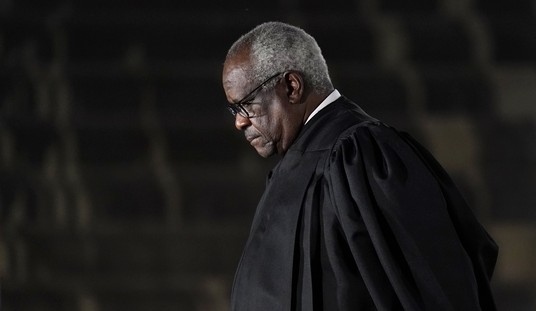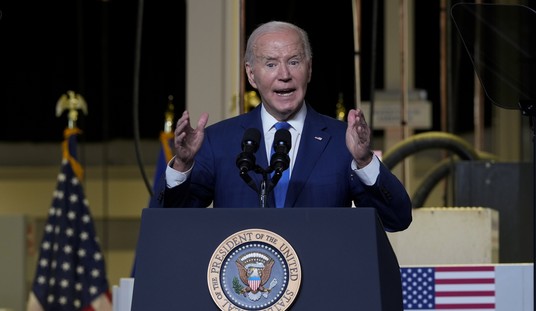The civil war has now expanded into a twilight regional war between Iran and NATO, with Turkey as NATO's frontline actor.
At one level, Iran and NATO share a common concern: Syrian disintegration. Where they differ -- greatly -- is on who or what prevents disintegration.
Syria is a fragile mosaic of religious and ethnic groups, to include Arabs, Kurds, Druze and numerous Christian sects. Think fractious Lebanon, only bigger, and handcuffed by a brittle police state. Sunni Muslim rebels, including members of the Muslim Brotherhood, present the biggest challenge to the nominally Shia Muslim Alawites (the sect is theologically heterogeneous). In 1982, Syrian forces under Hafez al-Assad (father of Bashir al-Assad, the current dictator) massacred at least 10,000 Sunni rebels in the city of Hama. In that pre-Internet and cell phone era, the regime hid the killing fields.
Bashir al-Assad's forces have been more restrained. 2011's digital communications provide real-time pictures of murder. NATO's Libyan intervention reminds Assad that he could also face overt international action if he threatens mass reprisals. So his regime, supported by Iranian intelligence and special forces, has fought a slow war of repression, a cruel endurance contest with its own people, killing some 2,700 civilians since the rebellion erupted in February.
The regime, however, is faltering. The mosaic contains too many enemies. Iran has noticed. Earlier this month, Iranian president Mahmoud Ahmadinejad told Assad to end his violent crackdown.
Recommended
Iran wants to buy time, hoping Assad and his killers will endure. This would be an optimal outcome for Iran's Islamic revolutionaries. Assad's Syria provides Iran with a forward base in its proxy war against Israel, supporting Hezbollah and other terrorist organizations.
The Assad dictatorship, however, is no longer acceptable to NATO. U.S. President Barack Obama made that clear last month when he said, "For the sake of the Syrian people, the time has come for President (Bashir) Assad to step aside."
Iran could live with an Assad replacement who would continue to support its proxies. Exiling Assad might make room for an alternative Alawite dictator, a man with a different face, but there is no guaranty that a new Alawite face will halt the rebellion. The Libyan rebels ouster of dictator Muammar Gadhafi has encouraged Syrians. For that matter, it has encouraged Iranian dissidents -- which is another reason Tehran's dictators want the Assad regime to prevail.
NATO would like to deny Iran its Syrian base but also prevent disintegration while avoiding direct military intervention. It would also like to avoid a peacekeeping mission and nation-building operation, though that may not be possible.
Here's the disintegration nightmare: armed sectarian mini-states, a Kurdish triangle and fragment enclaves of fear and suffering run by neighborhood warlords, each a possible Terror-Stan open to extremist subversion.
Fortunately, there are Syrian rebel leaders who know that the big losers in this hell are the Syrian people. Last week, after months of discussion, Syrian rebel leaders meeting in Turkey formed a national council. It is a diverse group, but an attempt to unify Syrian opposition to the Assad regime. Council representatives hope their organization can funnel international support to rebels inside Syria, countering Iranian support for Assad.
According to The New York Times, the council favors "a multiethnic and pluralist Syria, run without any political emphasis on religion. " That's NATO's optimal outcome. Can it be achieved? Doing so requires regime change in Damascus, continually thwarting Iran and political buy-in by a majority of Syria's citizens. At some point it will also require deploying an international security force inside Syria, to counter vengeful Iranian subversion.

























Join the conversation as a VIP Member